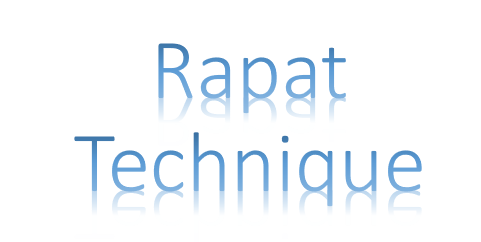“The power of combining techniques is that it allows you to approach problems from multiple angles, bringing together diverse perspectives and approaches to find the best possible solution.”
-Indra Nooyi

(c) Coping-Skills
Concept:
The RAPAT technique is a combination of coping skills designed to restore rational thinking through directing the focus away from the anxiety trigger by asking empowering questions.
Whatever you focus on you feel. By directing your focus, you will change your state. The most powerful way of doing this is through questions.
Consequence:
When that trigger thought catches you unaware, when your conscious mind is on “stand-by” , you can find yourself caught in an irrational moment or routine cycle.
Rational thought will return eventually, but the RAPAT technique is designed to get you back there in 60 seconds.
Skill/Plan:
R is for Rationality check:
Does my current situation show that I am in life threatening danger?
Outside of anxiety discomfort, am I in life-threatening pain?
Once you identify the panic is irrational, start some deep breathing, which involves taking slow, deep breaths, ideally in through the nose, and out through the mouth to calm the body and mind
A is for Affirmation:
The affirmation letter is a trigger to use positive affirmations, which involve repeating positive statements to oneself to counteract negative thoughts: for example: –
Anxiety is designed to protect the organism.
I have beaten this a million times before.
P is for Picture
The picture strategy is to use guided imagery, which involves imagining a peaceful and calming scene.
Visualise an anti-trigger, something that makes you laugh or immensely grateful.
A is Action
What am I going to do later, tonight? What am I eating? – What is my next meaningful action while practicing progressive muscle relaxation, which involves tensing and relaxing different muscle groups in the body
T is for Thought Field Therapy
Similar to Thought Field Therapy is to focus on the present moment by using the 5-4-3-2-1 technique, which involves identifying and focusing on five things you can see, four things you can touch, three things you can hear, two things you can smell, and one thing you can taste
Action:
Do
Difficulty:
Easy
Speed:
Fast
Other Compatible Coping Skills
How many stars would you award this coping skill?
